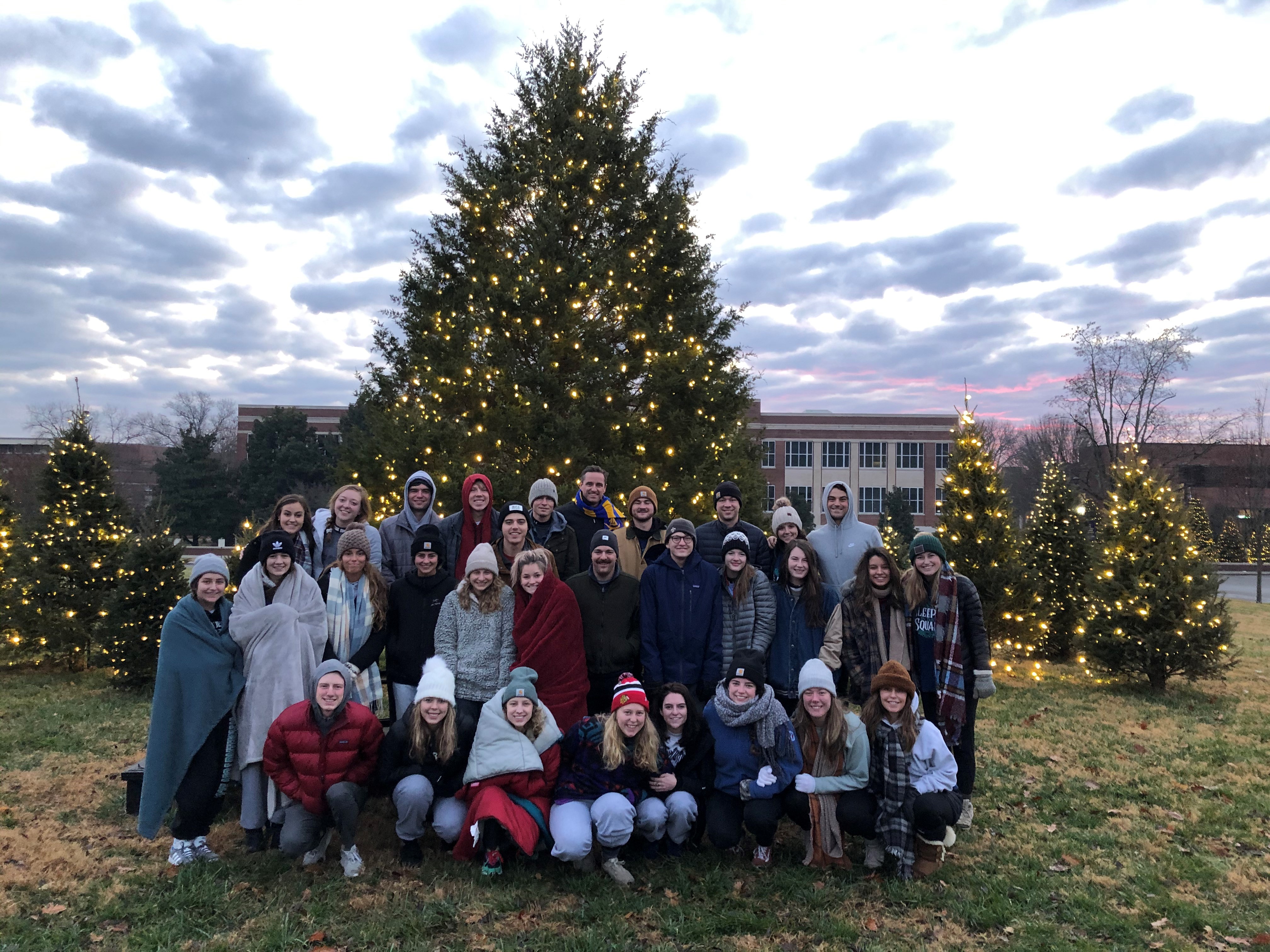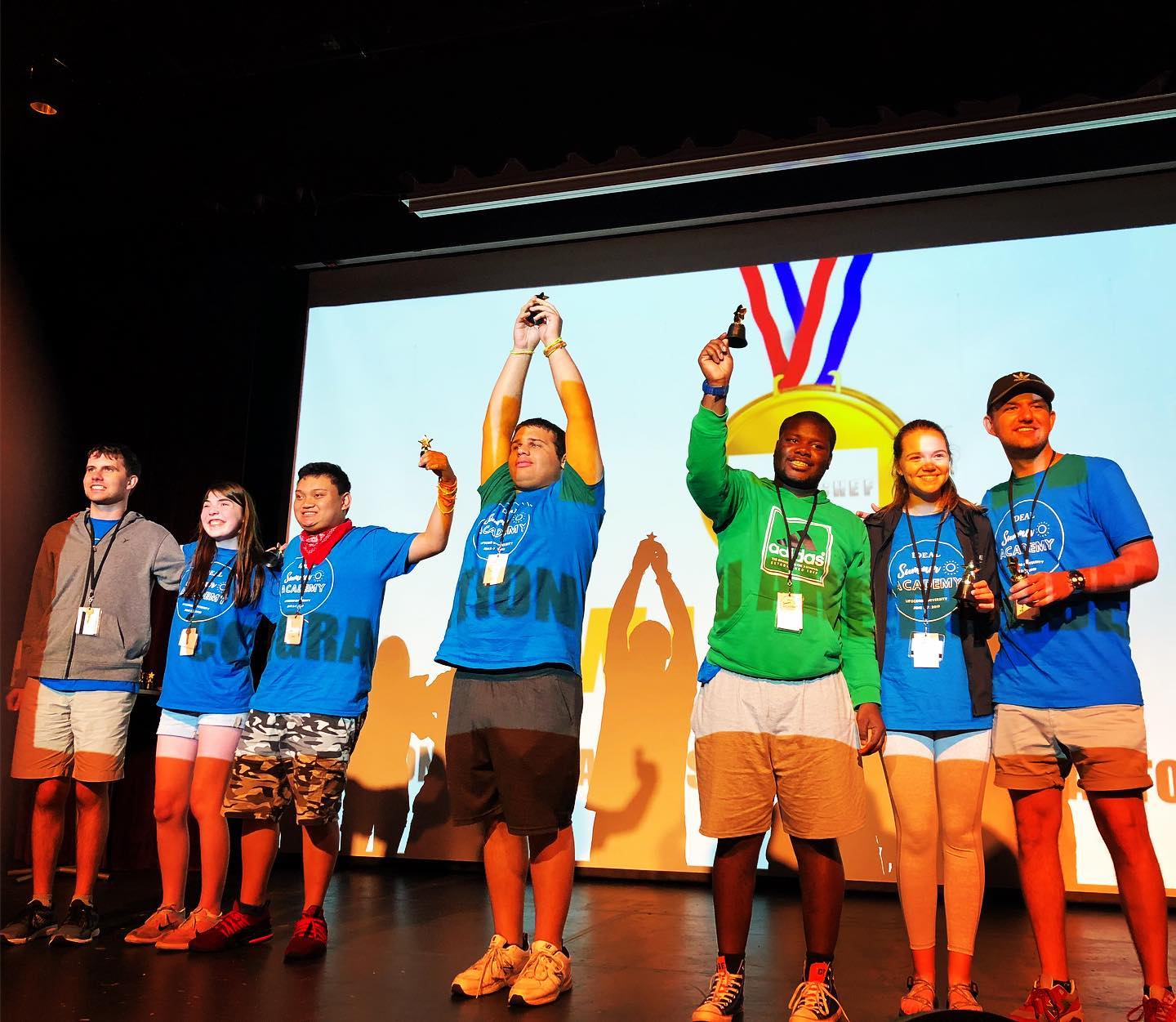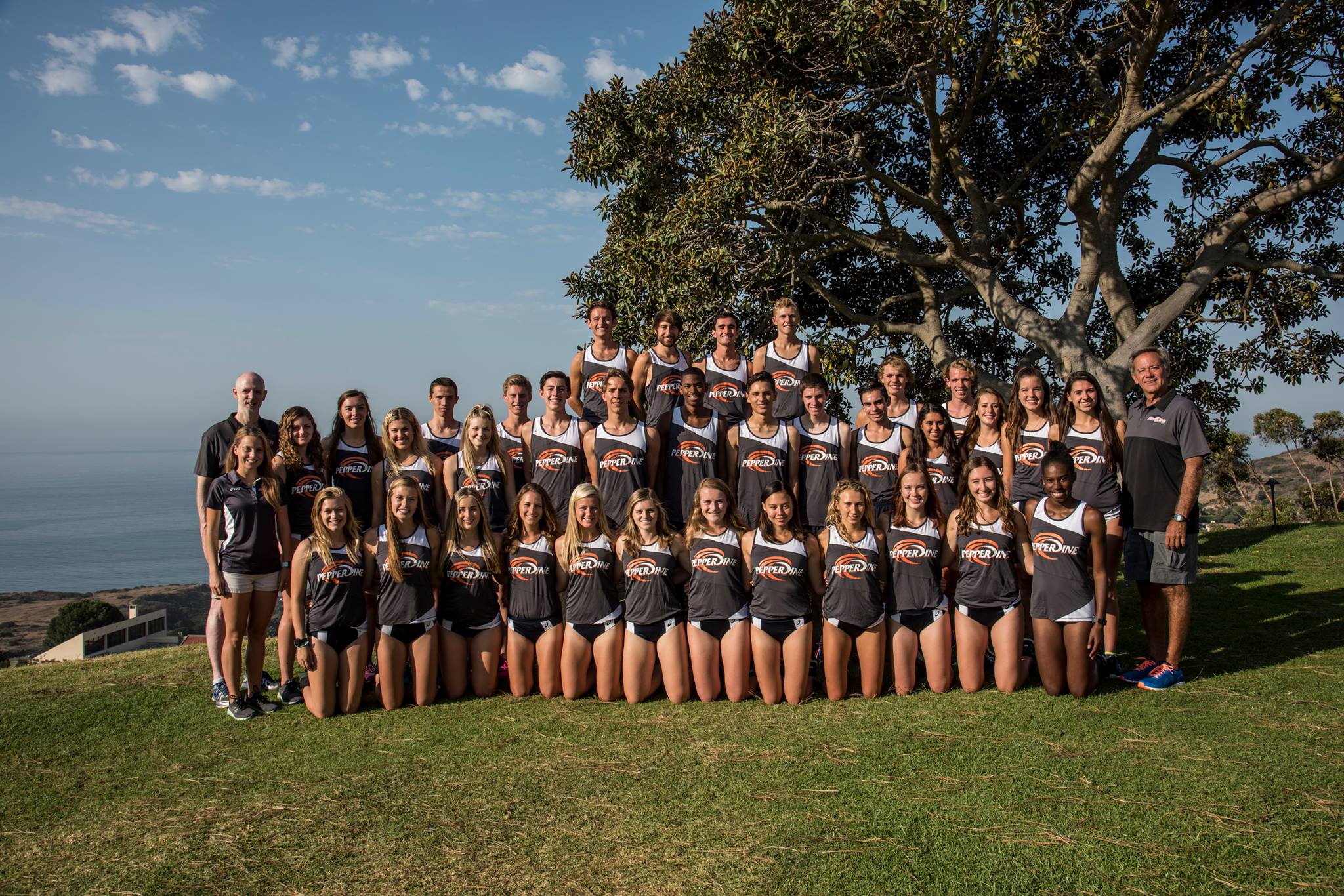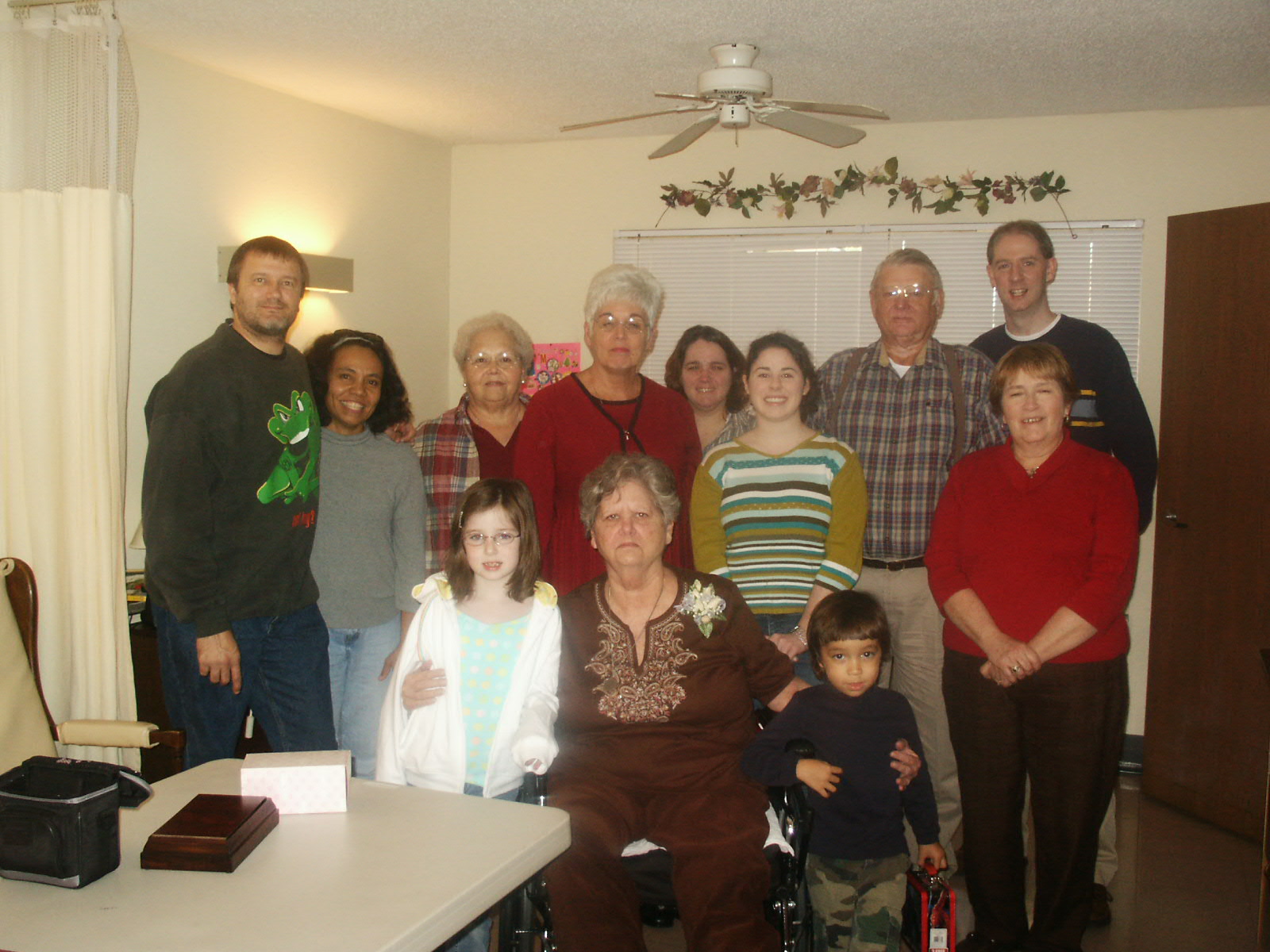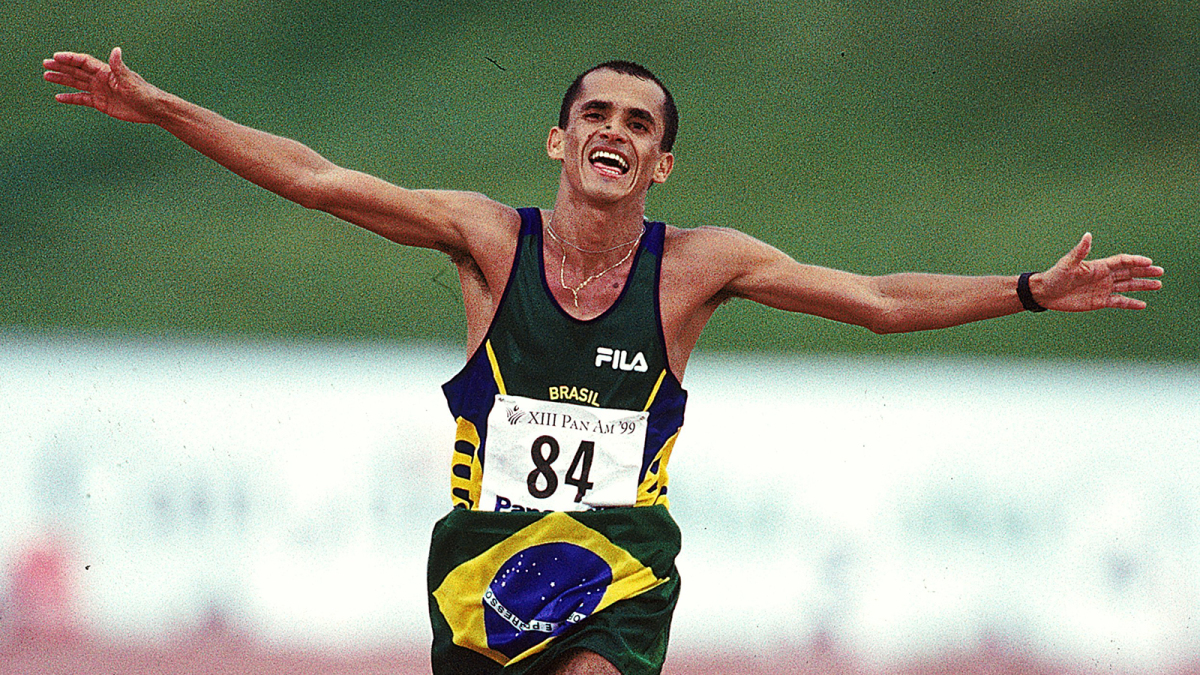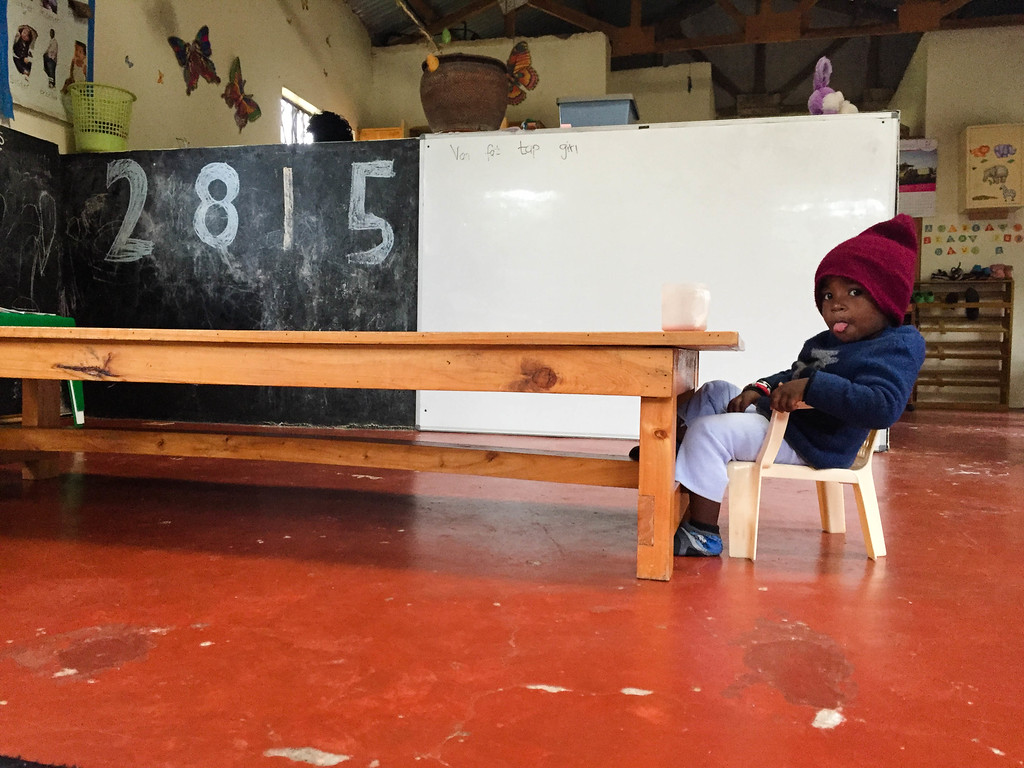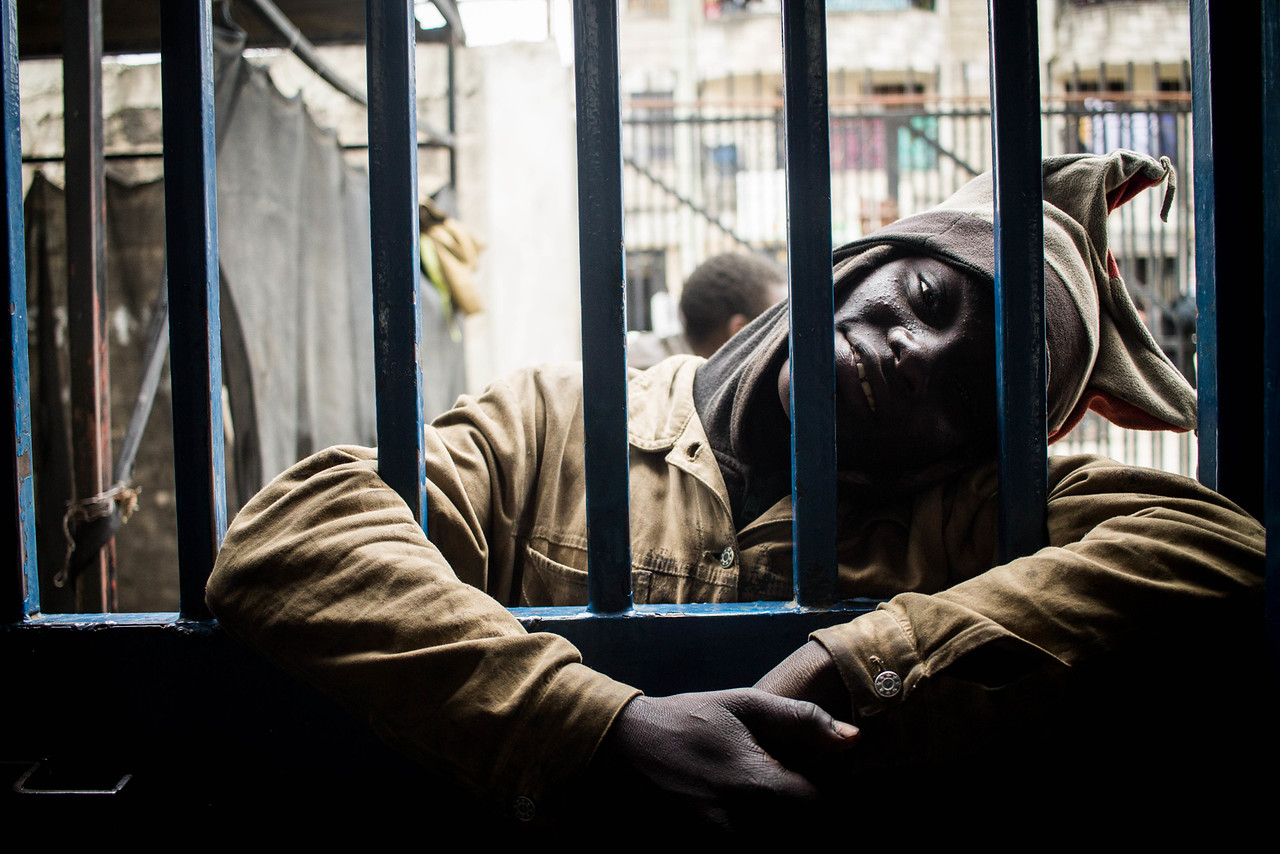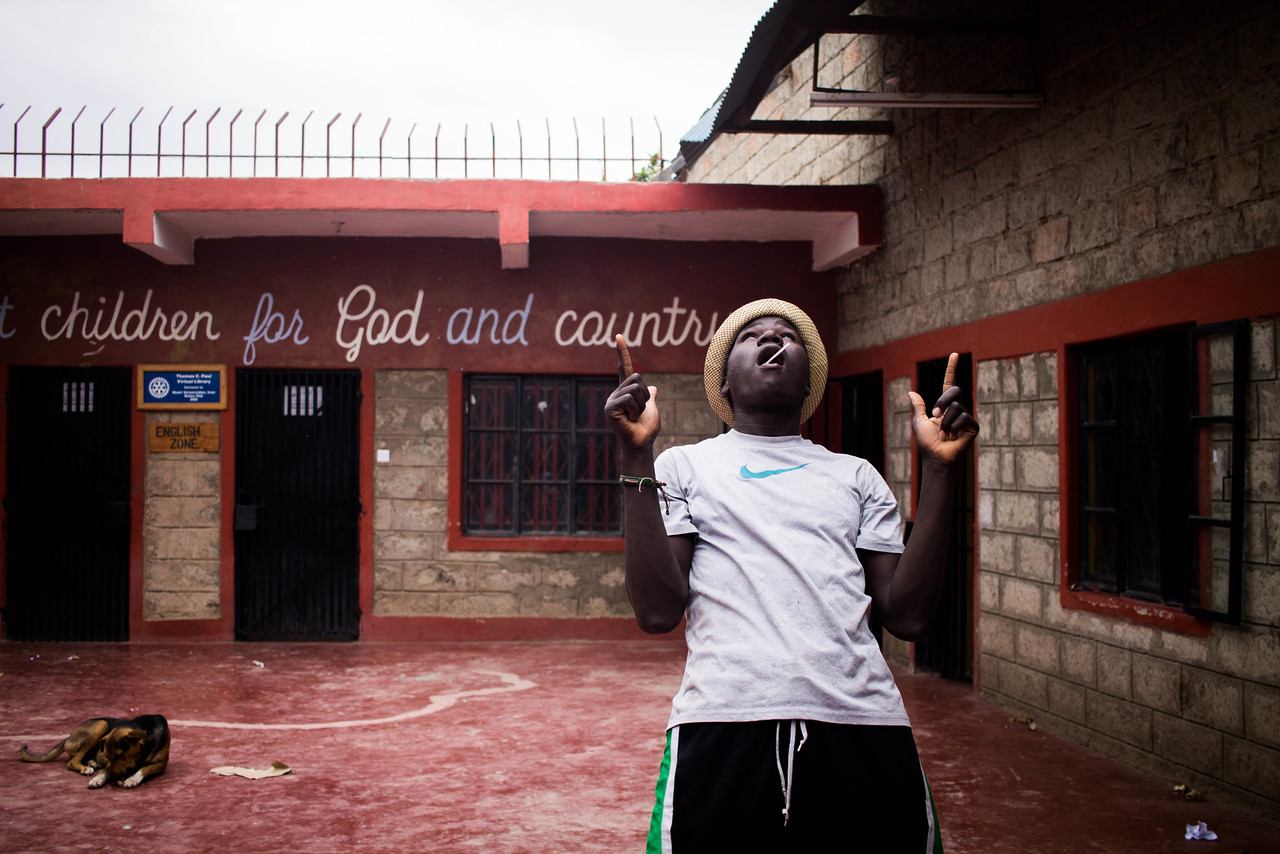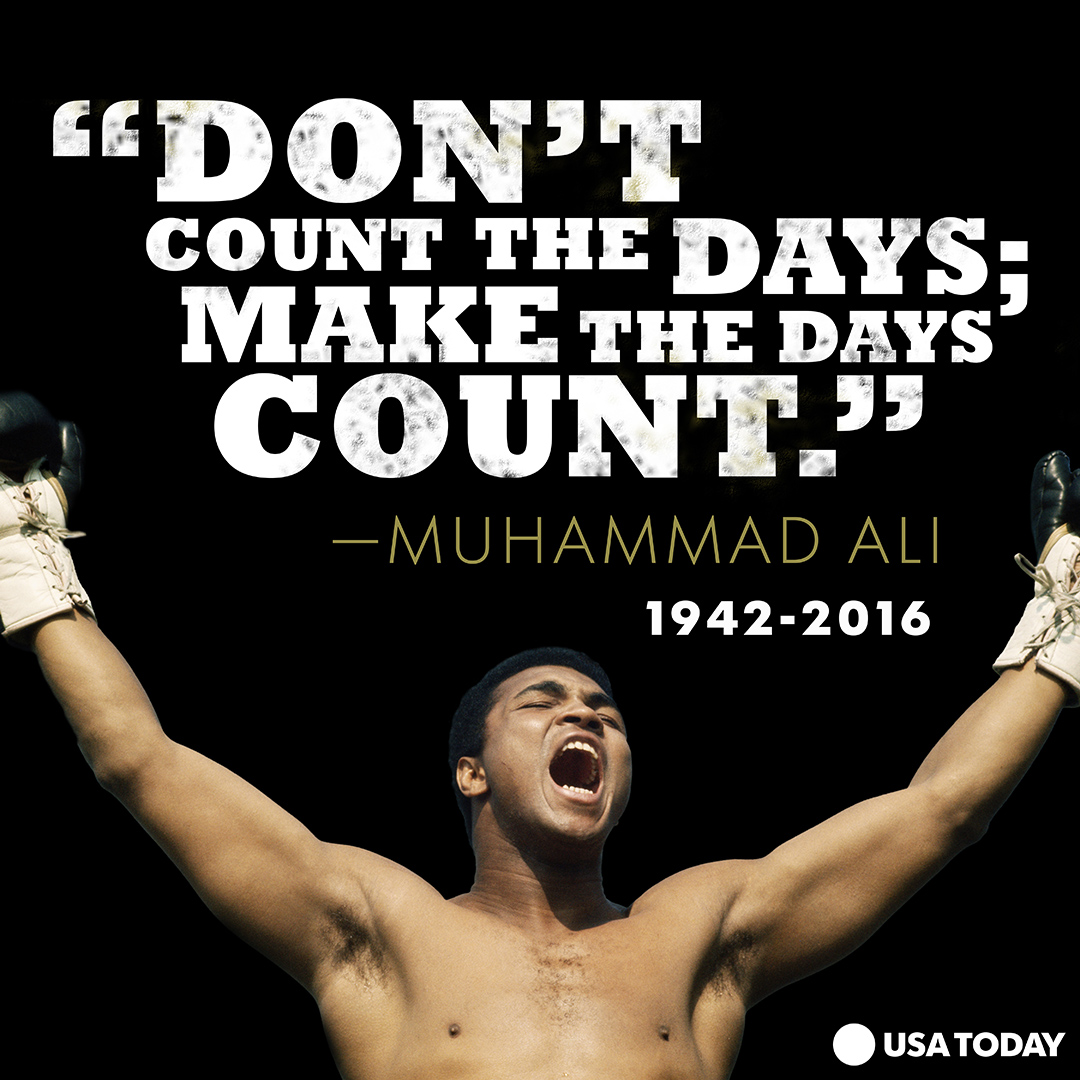I woke up two minutes early, turned off the alarm, and crawled out of bed at 5:28am, glad to go for a run, while never excited to crawl out of a warm bed in the darkness. I exercise daily, but once a week I drive to Malibu Colony Plaza in search of a flat place to run that also has easy parking. I like it there, although I do not care for the early morning darkness in the winter months. On Thursday I was glad to notice a slight hint that the light of spring is coming.
I stretched a bit and took off as normal, trying to wake my legs up, too. My pace is always measured at first, careful not to start too quickly, but on that morning, I soon added a short sprint as I dodged leftover rain puddles alongside the dangers of PCH traffic.
Near the Malibu Pier, I noticed what appeared to be an unhoused individual on the sidewalk ahead, lurking, if you will, in the shadows. I often visit with unhoused people, so this was nothing extraordinary, but knowing that many battle mental illness makes me a little wary in early morning encounters. I noticed that this young man was gathering his things and shuffle-jogging ahead, presumably to get out of my way, so I gave him a wide berth and passed by with several feet between us. We exchanged good mornings, and I added a how’s-it-going, which, although a standard greeting for me, may not be the most thoughtful question for an unhoused man carrying a large pack on his back before six o’clock in the morning. But his response, half-shouted with what I can only describe as great joy, and spoken like he was glad that someone asked, was, “I’m doing f***ing great!”
Well, alrighty then. I was glad to hear it. My mind began to cycle through options for why he was doing expletively great at such an hour, but ultimately, I just chuckled and took it at face value, thankful that he was having a fantastic morning.
After reaching the halfway mark I fist-bumped a power pole and turned back, now in a much better mood, and at some point, encountered my new friend again where I said, “Have a good one, friend.” He replied, “You, too, brother,” with “brother” said in a way that led me to believe that if I immediately fell and busted my head open, I was 100% convinced that this man would take care of me like a brother. I can’t explain how I knew that from a word spoken in passing by a stranger, but I knew it to be true. What a warm and peaceful thought in the forty-degree weather.
At the Malibu Pier again, thanks to ever-lighter skies, I stopped long enough to take a picture, then took off for my final mile of the morning. I may get my runner’s card revoked for this confession, but I don’t think I have ever felt a runner’s high; however, when I started running again, I felt like a deer bounding through the woods, bouncy and strong, and that last mile was phenomenal. I don’t know that I have ever felt better on a run
My short drive home felt very different from my short drive there, and when I pulled into the neighborhood it seemed that no one else had even stirred from their slumber. Before the sun had truly risen, it felt like I had already had an incredible morning.
I felt the need to write about that first hour of Thursday morning but wondered about the moral to the story. Why should anyone care about that first hour of my day?
Maybe the moral is that who needs a moral to a story when you stumble on anything good? In a life that can be too cruel too often, notice all the good moments. They seem to get us through the rest.




